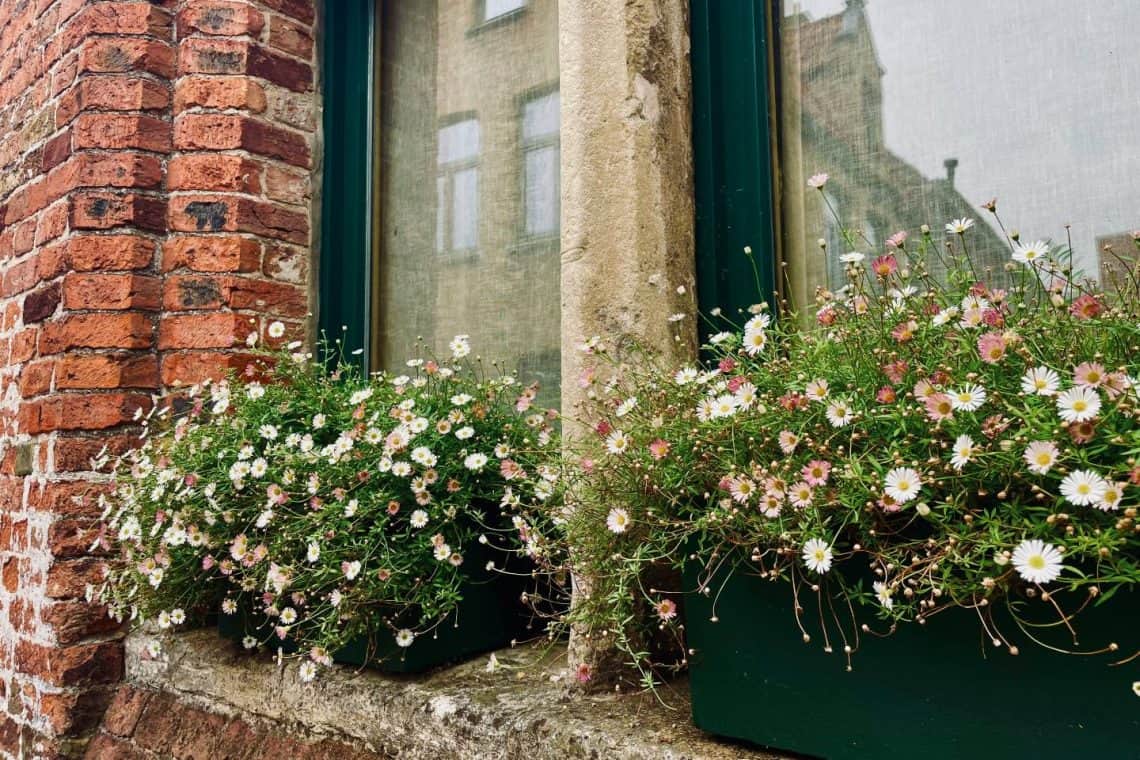As spring sunshine brightens October 12, 2025, gardeners everywhere don their flower crowns to mark a milestone celebration: the 10th anniversary of Garden Day. Launched in 2015 as a joyful invitation to pause and reconnect with nature, the movement has grown into a nationwide tradition—and an international inspiration—encouraging people to celebrate green spaces of every size, from balconies to backyards. Whether crafting floral headpieces or picnicking beneath blooming canopies, participants embrace the beauty and mindfulness of gardening. Yet beneath the festivities lies a decade of transformation, where urban pressures, climate challenges, and self-sufficiency have reshaped how people cultivate their spaces. From edible micro-gardens to drought-resilient landscapes, South Africa’s green evolution is now influencing sustainable horticulture worldwide.
A Decade of Bloom: Key Trends in Sustainable Gardening
Over the past decade, gardening has evolved from a hobby into a lifeline for urban resilience. City dwellers increasingly turn rooftops and balconies into miniature farms, a response to food insecurity and the desire for local produce. Research shows urban agriculture across major metros such as Johannesburg, Cape Town, and Durban has expanded significantly, aligning with national sustainability efforts and global climate goals.
Compact “edible balconies” now define modern city living. With vertical planters, hydroponic systems, and repurposed containers, apartment dwellers harvest herbs, microgreens, and vegetables without traditional garden plots. These small-scale farms promote food independence, reduce carbon footprints, and foster community exchange networks—transforming neighbors into collaborators against waste and excess food miles.
Equally vital are the innovations in water-wise landscaping. Periodic droughts across the Western Cape and beyond have popularized indigenous and drought-tolerant species such as aloes, succulents, and fynbos. These resilient choices cut water use by as much as half compared to conventional lawns. Techniques like drip irrigation, mulching, and moisture-retaining polymers are now standard, supported by smart irrigation systems that optimize every drop. Studies published in 2023 highlight how these methods have not only conserved water but also boosted biodiversity and improved urban microclimates.
As technology merges with tradition, expect more tools for precision gardening—apps that monitor soil health, solar-powered lighting for shaded corners, and AI-assisted irrigation scheduling. With Garden Day entering its second decade, the green movement continues to evolve toward inclusivity, innovation, and environmental stewardship.
Durban’s Coastal Canvas: Tips for Thriving Tropical Gardens
Durban’s lush, humid coastline offers both challenges and abundance. With the right approach, gardeners can cultivate year-round harvests in the region’s subtropical climate. Here are some proven methods for creating a resilient, water-wise coastal garden:
- Follow the Seasonal Flow: Sow cool-weather crops such as kale, cabbages, and broccoli in autumn (March–May), transitioning to sun-lovers like tomatoes and peppers in spring. Mild winters also allow broad beans and garlic to thrive.
- Conserve Water Intelligently: Apply thick organic mulch to lock in moisture and suppress weeds. Use hydrogel crystals in containers to extend watering intervals, and irrigate deeply in early mornings to prevent evaporation.
- Think Vertical and Edible: Compact spaces can yield abundance. Stack herb planters or use trellises for climbing beans and cucumbers. Six to eight hours of sunlight daily will keep most edibles thriving.
- Go Natural on Pest Control: Neem oil, beer traps, and regular inspections deter aphids and snails in humid conditions. Rotate crops seasonally to prevent soil fatigue and disease buildup.
- Feed Organically: Enrich soil monthly with compost and supplement biweekly with kelp-based fertilizers. Add calcium sources like bone meal to support fruiting crops and prevent blossom-end rot.
Durban’s zone 9–10 climate rewards consistency and creativity. From milkwood hedges to mango trees, every local garden can become a celebration of biodiversity and self-sufficiency. Even a single windowsill herb pot can spark a lifelong connection to the soil.
Green Lessons from Abroad: Global Innovations in Sustainable Growing
The values behind Garden Day echo in communities around the world. In recent years, urban community gardens have multiplied globally, driven by a shared pursuit of connection, wellness, and sustainability. Many cities have documented double-digit increases in communal gardening initiatives over the past decade, highlighting the social and environmental benefits of collective green spaces. These gardens promote nutrition, reduce urban heat, and foster cooperation across neighborhoods—turning underused land into hubs of growth and hope.
On a broader scale, international initiatives linking sustainable agriculture with technology have gained traction. Through strategic partnerships and innovation-sharing networks, precision irrigation systems, AI-assisted crop monitoring, and solar-powered greenhouses are helping emerging economies build food security while reducing emissions. Such programs offer valuable blueprints for scalable sustainability—lessons that resonate strongly with South Africa’s own path toward green resilience.
Crowning the Future: The Garden Revolution Continues
As Garden Day 2025 blossoms, it symbolizes more than a decade of floral celebration—it marks a growing cultural shift toward mindful living, ecological care, and community connection. Whether nurturing a single basil sprig or managing an urban permaculture patch, each gardener contributes to a shared story of renewal. So this October, crown yourself with blooms, gather your friends, and step outside. The next chapter of the green revolution is yours to grow—one seed, one smile, one shared garden at a time.
